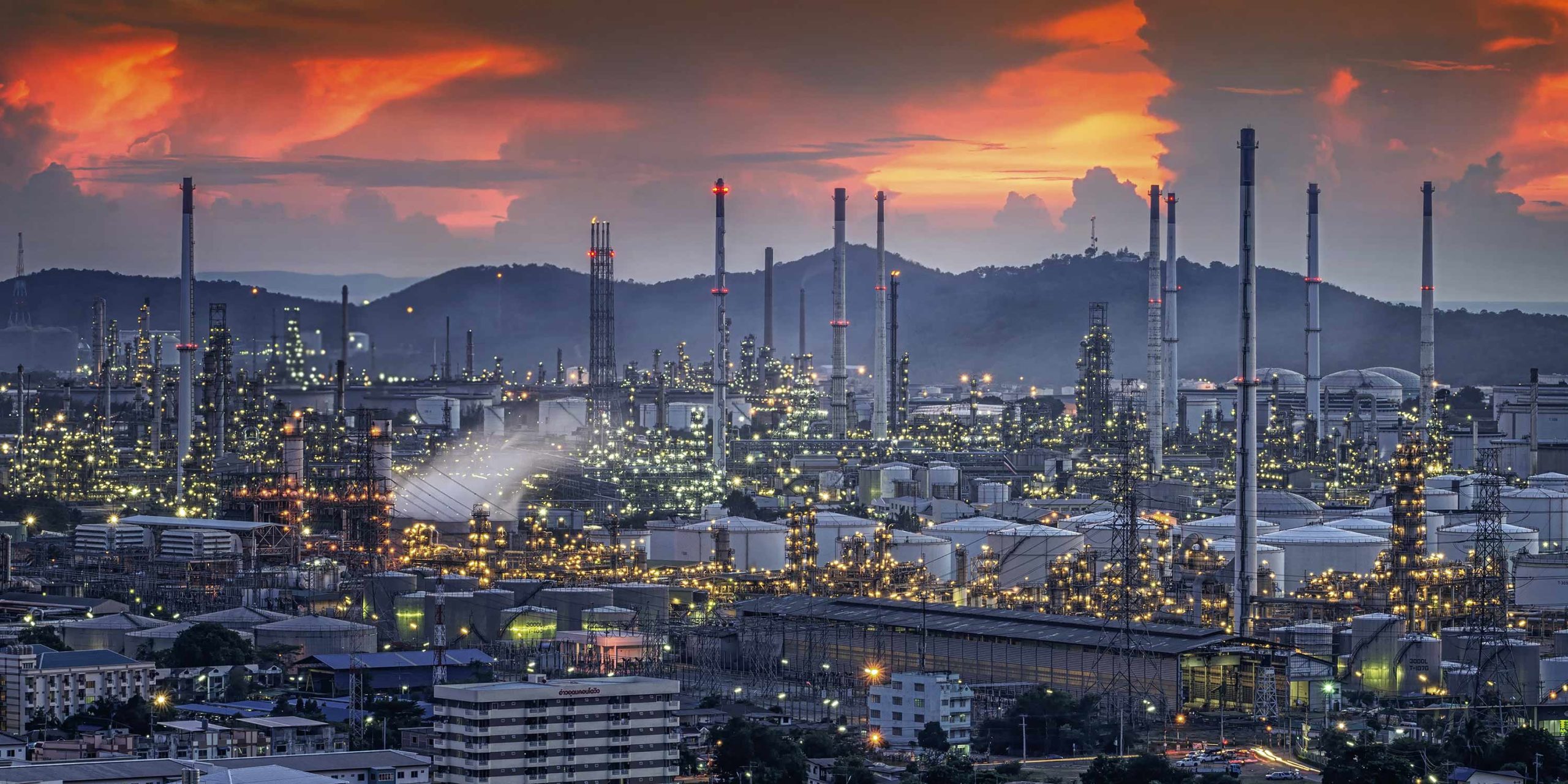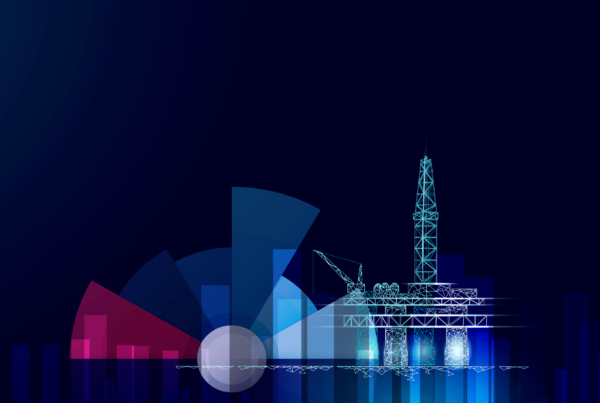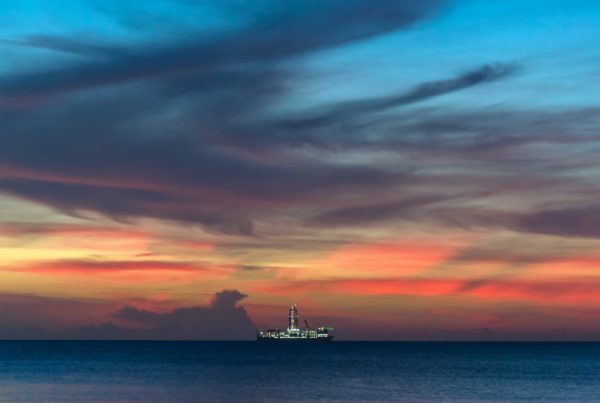The new edition of Douglas-Westwood’s (DW) Iran Oil & Gas Market Forecast publication, covering a forecast period of 2016-2020, provides updated analysis of key markets within Iran’s oil & gas sector, including drilling and production, oilfield services expenditure, and onshore and offshore rig demand, fixed platforms, onshore pipelines and downstream facilities (refineries, gas processing, petrochemicals and LNG).
The lifting of international nuclear-related sanctions on 16th January 2016 represents a significant step forward for Iran’s re-entry into the global oil & gas market. However, several barriers to entry remain for investors in the post-Implementation Day environment. Notably, the US continues to enforce bilateral sanctions against Iran, including a prohibition on engaging in financial transactions with Iranian financial institutions. Consequently, foreign banks are adopting a cautious approach to processing Iranian payments. Iran’s nuclear-related activities are also subject to a monitoring period of fifteen years under the Joint Comprehensive Plan of Action (JCPOA), with the potential for sanctions to be re-introduced – should Iran fail to meet its commitments.
These factors have contributed to Douglas-Westwood retaining a relatively conservative outlook for Iranian oil & gas production – in comparison to targets announced by the Iranian government. Analysis within the report includes historical and forecast onshore and offshore oil & gas production over 2006-2022, as well as onshore and offshore oil & gas development wells. DW expects Iranian onshore and offshore hydrocarbon production to rise at a 3% and 7% compound annual growth rate (CAGR) respectively. Key projects contributing to rising oil & gas output will include the North & South Azadegan, Kish and Abouzar field developments, as well as Iran’s flagship South Pars project.
An expected increase in drilling activity over the forecast period will also contribute to rising demand for onshore and offshore rigs, as well as an increase in oilfield services expenditure. Notably, DW expects the number of active onshore rigs to rise at a 6% CAGR over 2016-2020, with onshore oilfield services expenditure forecast to grow at a 12% CAGR. Offshore, DW expects oilfield services expenditure to rise at a 2% CAGR through to 2020, with spending forecast to peak in 2018. Demand for offshore rigs is forecast to rise significantly over 2016-2017, driven by projects such as South Pars, Lavan and Abouzar, before declining marginally towards the end of the decade.
Subsequently, DW sees considerable potential for growth in the Iranian oil & gas sector. However, several barriers to entry remain in the post-Implementation Day environment which are likely to limit Iran’s ability to significantly raise its output in the near-term.




